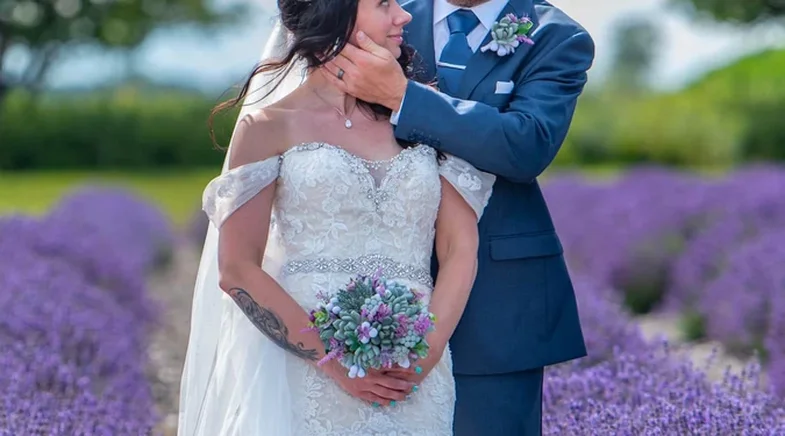
If you've ever thought that being single is a luxury, you're not alone. Today, marriage seems to be no longer just about love or romance, but also about the need for financial and emotional stability. This idea has led to the return of the concept of "lavender marriages," but with a new definition that reflects modern times.
Historically, the term “lavender marriage” referred to a heterosexual union between a man and a woman where one or both were part of the LGBTQIA+ community. Here, marriage was used as a cover to hide sexual identity at a time when being part of this community was dangerous and often associated with social exclusion or violence.
Today, this idea has been transformed. Instead of hiding sexual identity, modern “lavender marriages” focus more on economic security and mutual support. Rising inflation, the high cost of living, and the loneliness of modern times have made these arrangements more acceptable. For many, marriage as a “contract” to share costs and find a secure partner to support life has begun to sound like a practical solution.
But this new use of the concept has sparked debate. Sociologists and historians point out that using the term “lavender marriage” can ignore the history and pain of those who were forced into these arrangements during the difficult times of the last century. “These marriages were often an act of survival in a world that did not accept ‘queer’ identity,” says one sociologist.
And yet, this new practice, adapted to today's social and economic challenges, is a reflection of how the younger generation is finding new ways to live. Marriage, once considered a romantic step, has now become a survival strategy in modern times. The question remains: Is this a practical way to cope with the world, or a sign of how difficult life has become today?
Suggested articles:





